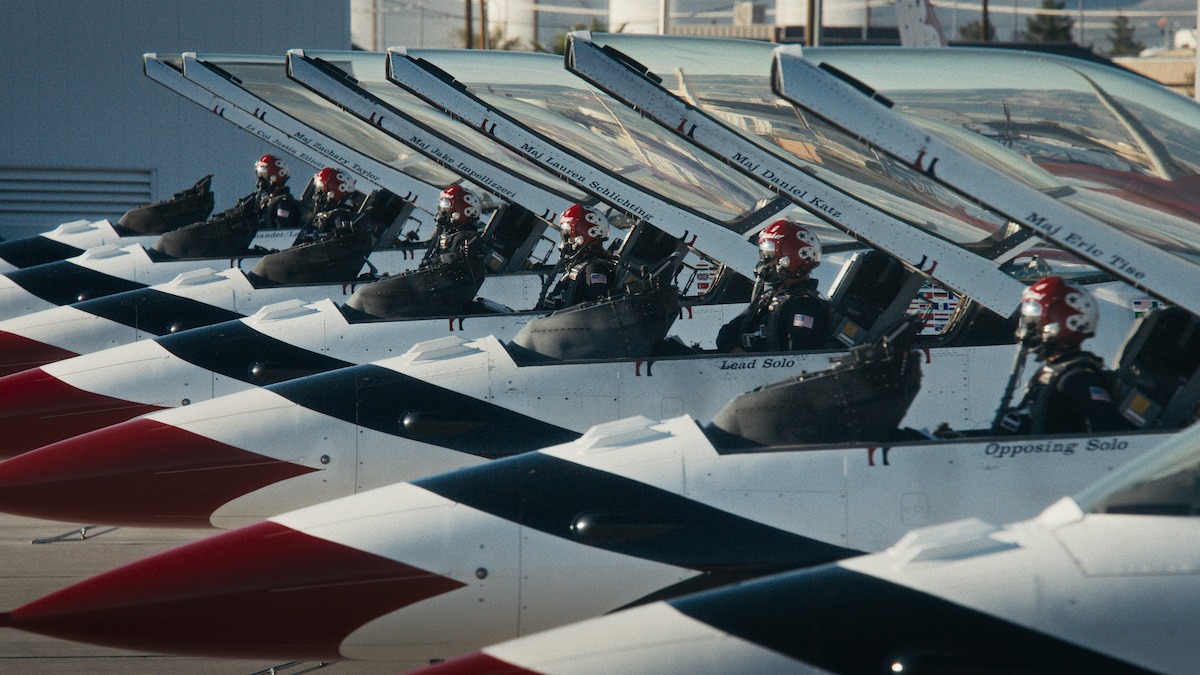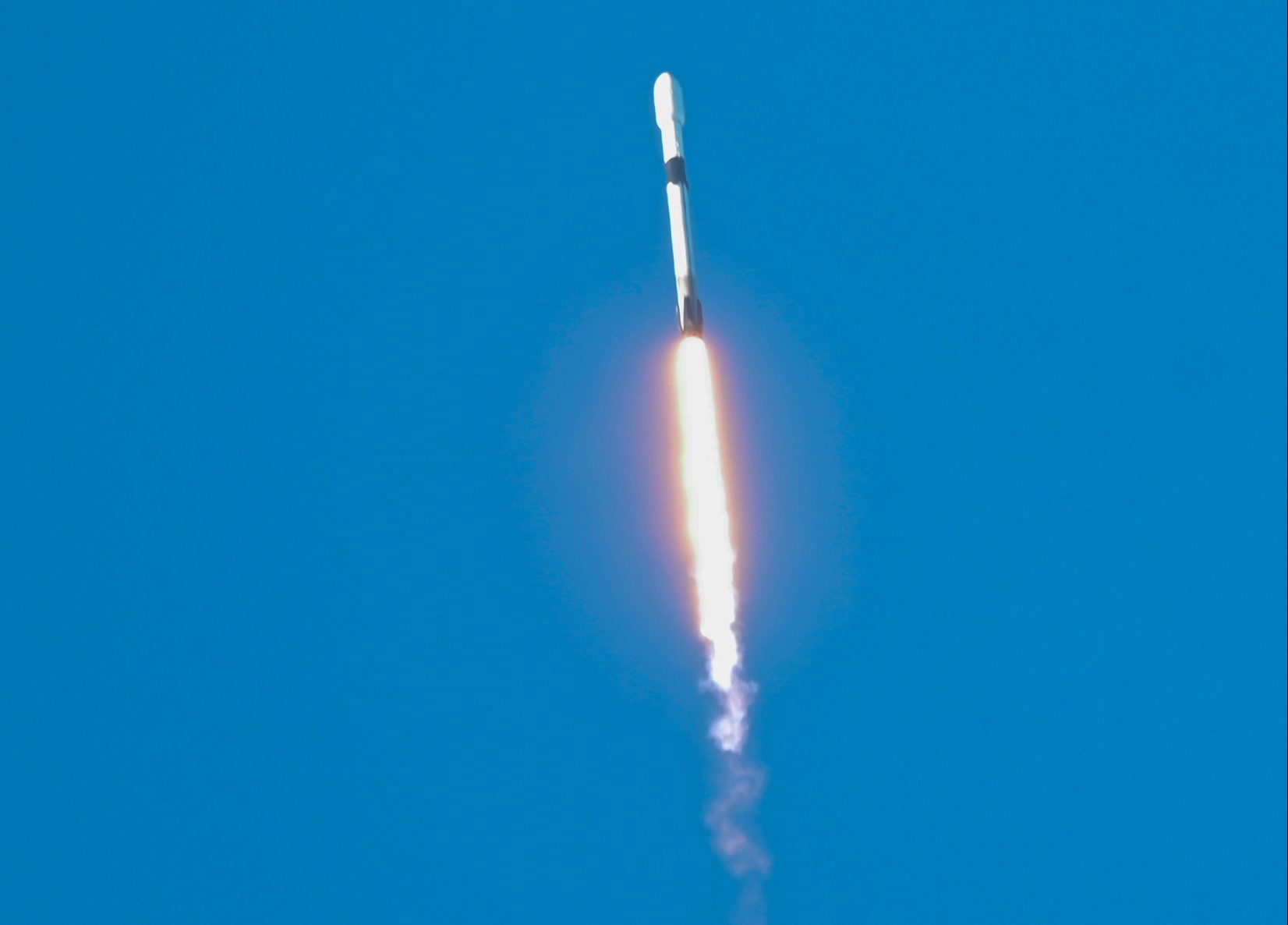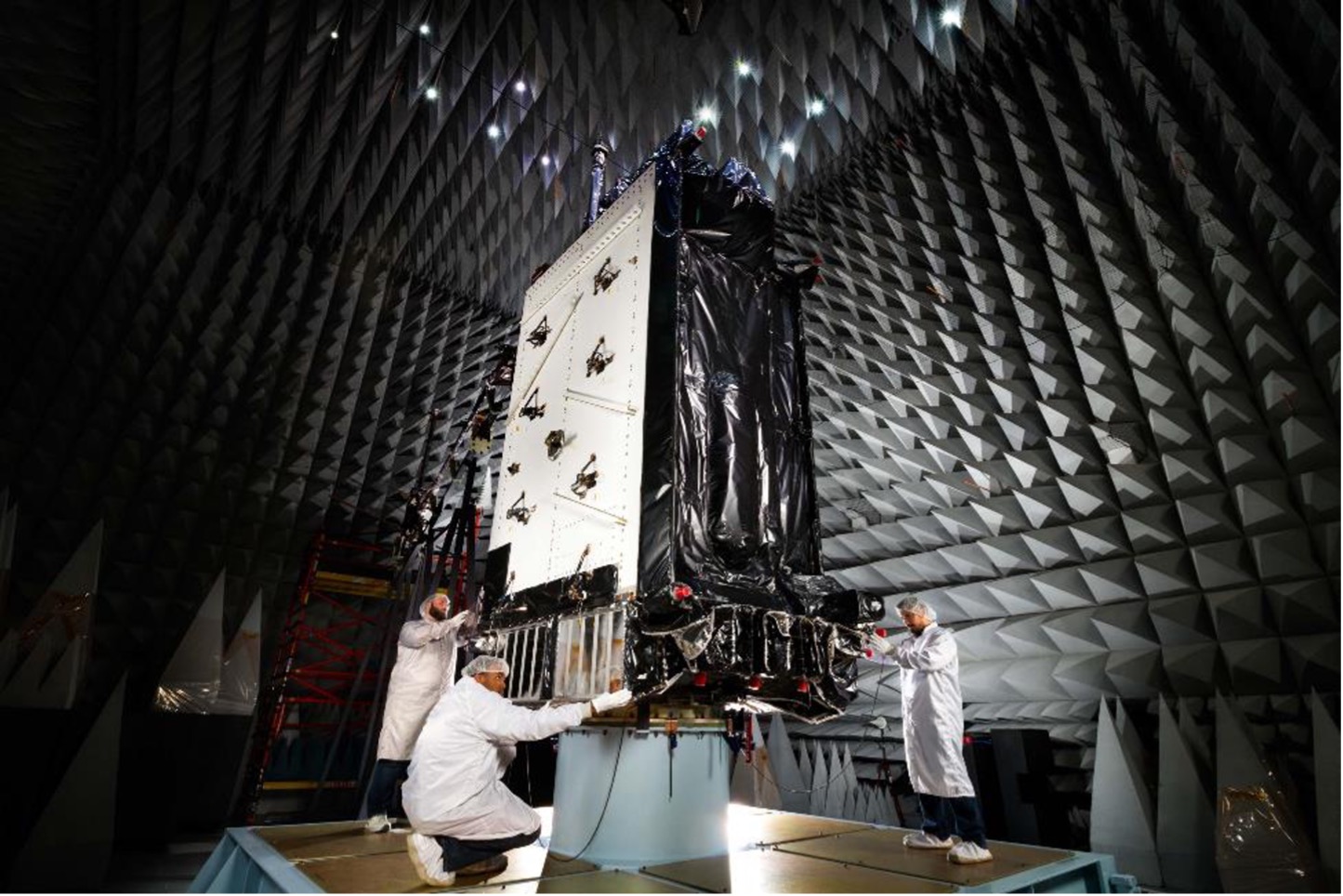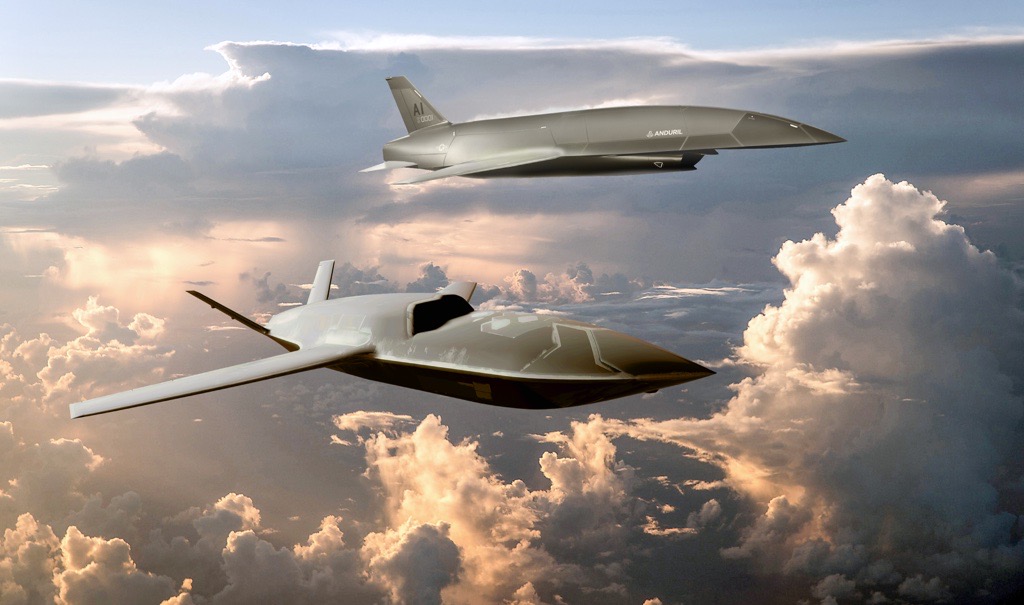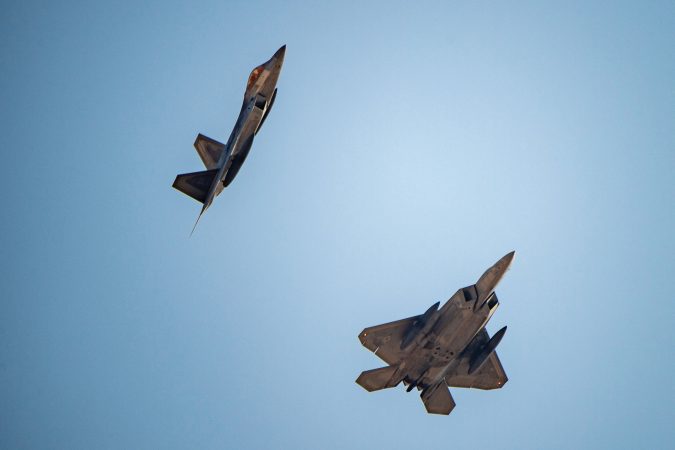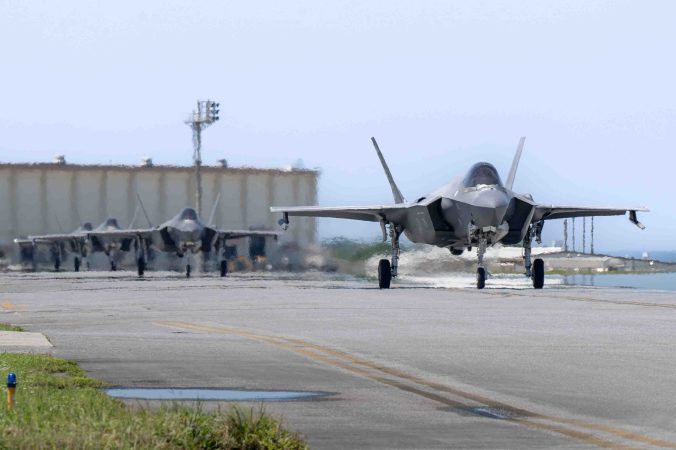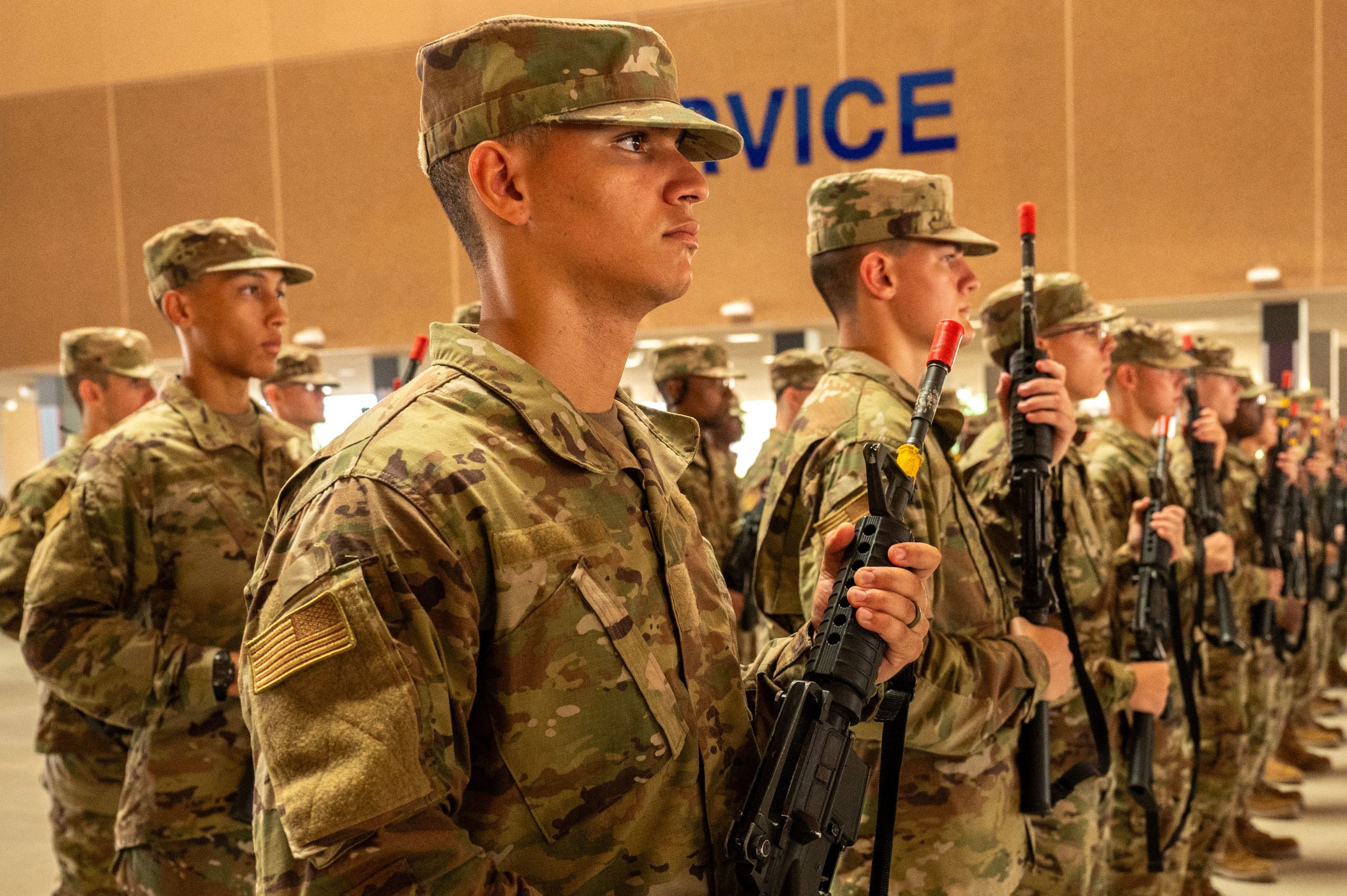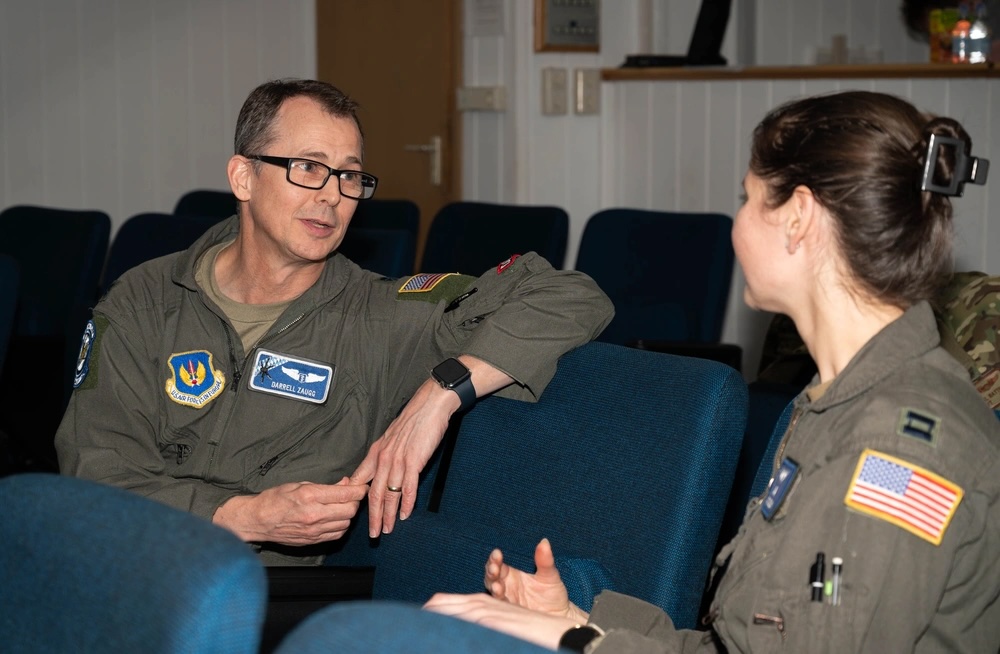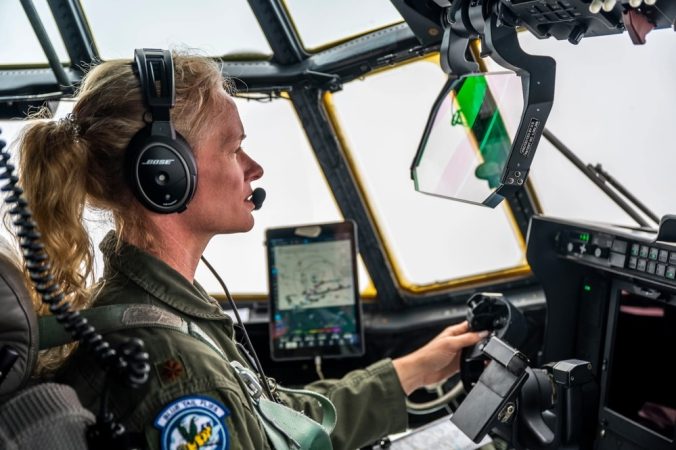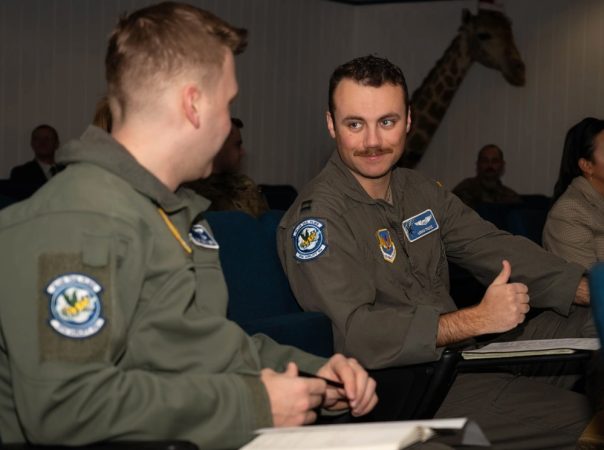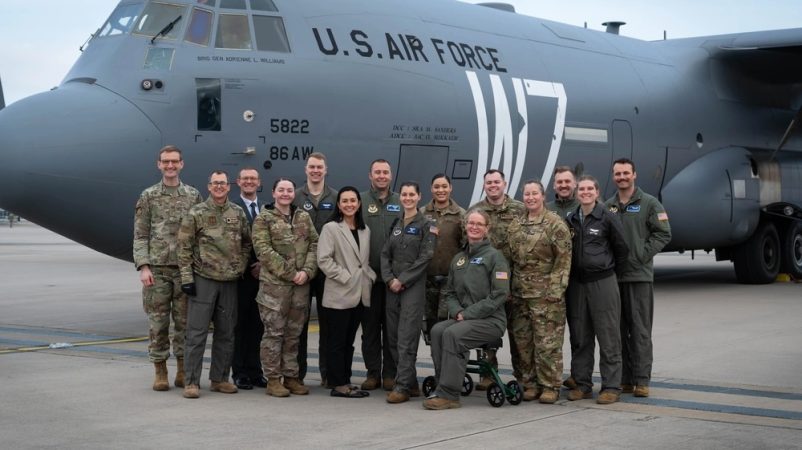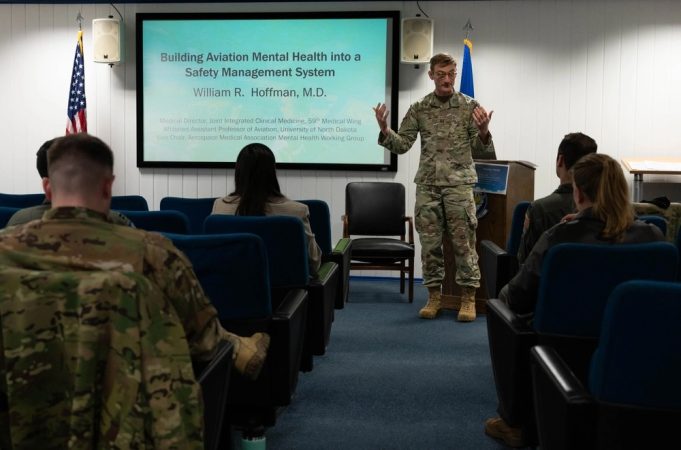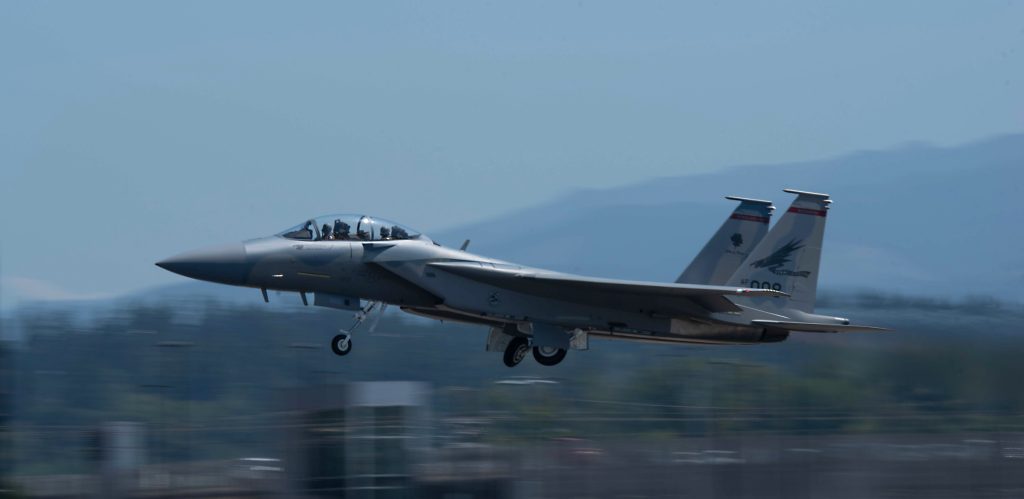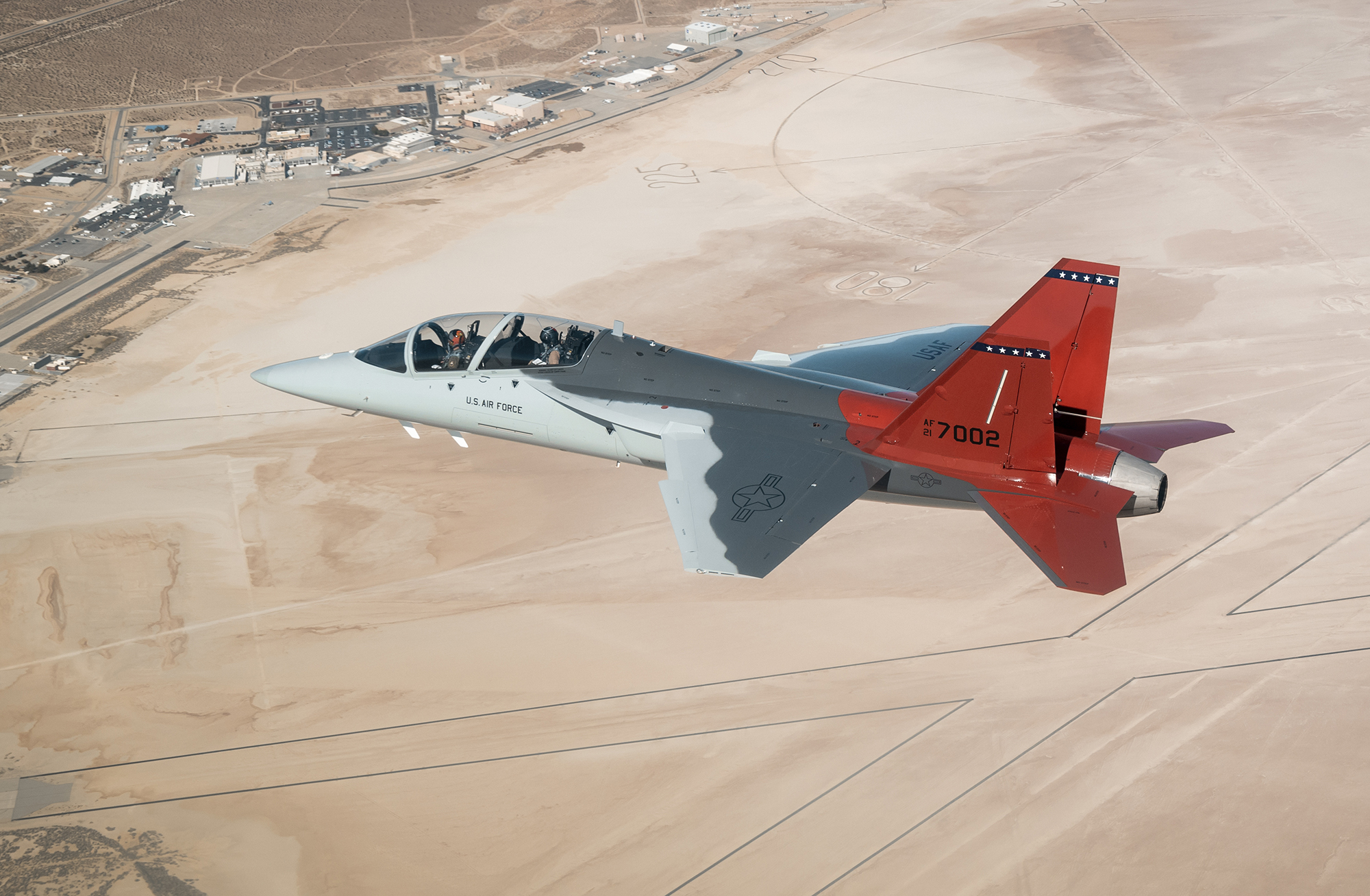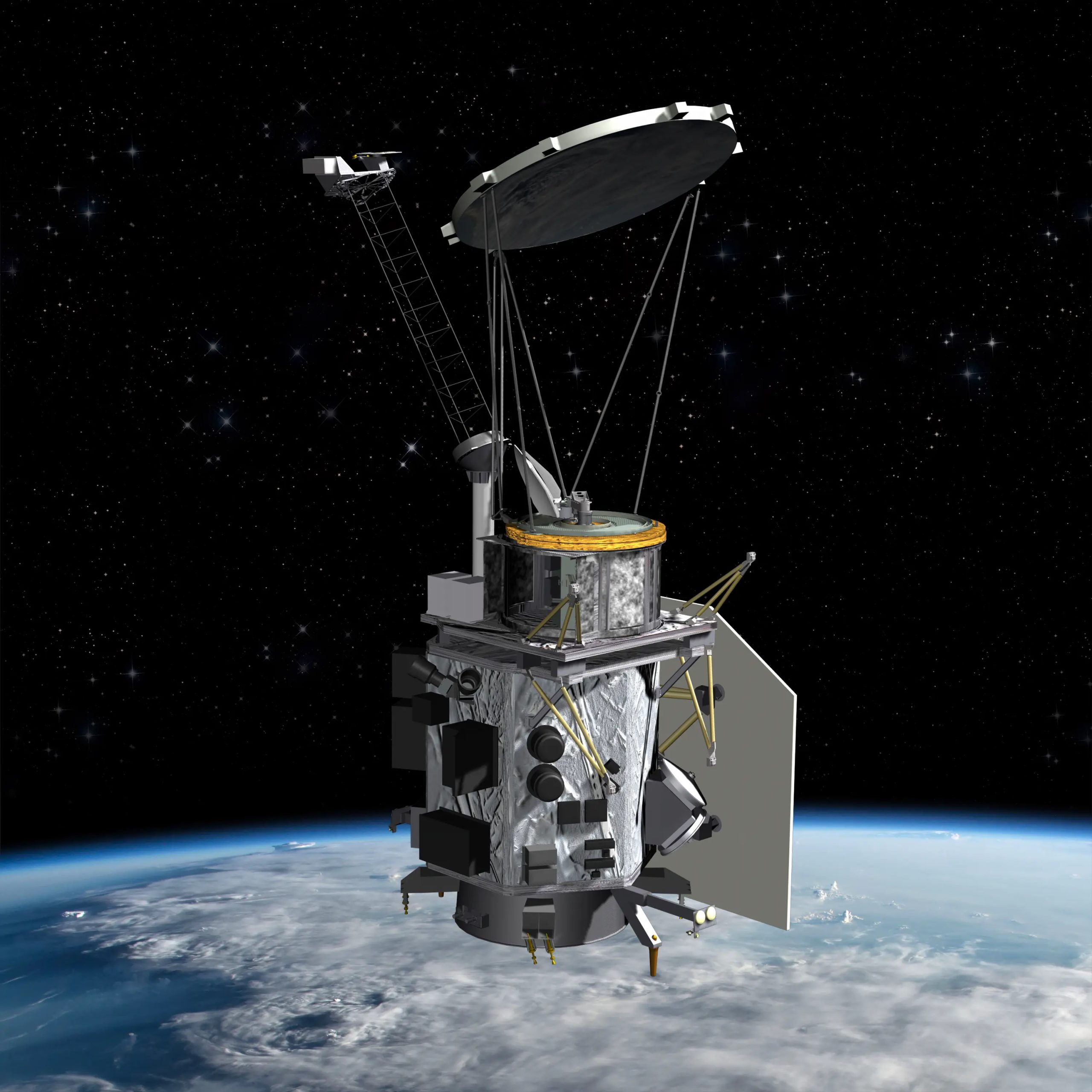An upcoming Netflix documentary promises an inside look at the Air Force’s premier aerial demonstration team. Premiering May 23, “Air Force Elite: Thunderbirds” will showcase the skill, trust, and hard work it takes to fly six F-16 fighters in tight formation nearly every week for eight months, judging by a trailer released April 29.
“If you don’t have blind trust, this show will not work,” Lt. Col. Justin Elliot said in the trailer. Elliot commanded the team from 2022 to 2023, before the current commander, Lt. Col. Nathan Malafa, took over in 2024.
The trailer emphasizes the high stakes and slim margins of Thunderbird performance.
“Six jets flying 18 inches apart, nearly at the speed of sound … you are microseconds of lag from a life-threatening situation,” an interviewee says over scenes of the pilots strapping into the F-16s and taking off.
“They’re already the best combat pilots the Air Force has to offer, but air demonstration is a completely different animal,” Elliot added.
“We are always under a little bit of like, the ‘I’m going to die’ factor,” said then-Thunderbird 6, Maj. Eric Tise.
The 90-minute documentary comes exactly a year after the streaming premiere of Amazon Studios’ “The Blue Angels,” a documentary of the same length about the Navy’s flagship aerial demonstration team. One of the producers for that film was Glen Powell, who starred in the 2022 film “Top Gun: Maverick,” the sequel to the 1986 naval aviation classic.
“Air Force Elite: Thunderbirds” has an even higher-profile producer team: former President and First Lady Barack and Michelle Obama. Their company Higher Ground Productions has a history of working with Netflix on shows and movies, both fiction and nonfiction.
The documentary was directed by Matt Wilcox, who has directed at least two basketball documentaries, according to the Internet Movie Database. That background may help with a documentary about the Thunderbirds which, like a professional basketball team, involves talented individuals working long hours to put on dazzling performances on a regular basis. Except with the Thunderbirds, any mistake can end lives.
“As a newbie, there’s immense amount of pressure to get this right,” Capt. Jacob Impellizzeri said in the trailer. “You don’t want to be the reason the team fails.”
Like the Blue Angels documentary, “Thunderbirds” seems to take viewers into the no-holds barred post-practice debrief sessions.
“We’re going to pick apart everything that went wrong, and it’s going to feel like you’re getting crushed,” Elliot said in one of those sessions featured in the trailer.
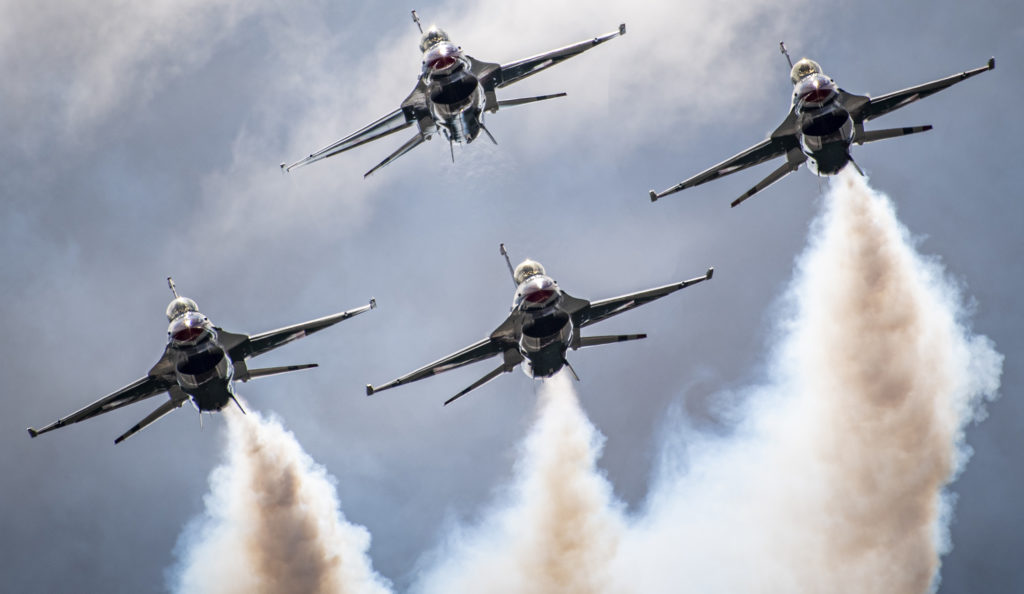
“Thunderbirds” appears to follow the same formula, and more exposure to Air Force aviation may help shore up a long-running pilot shortage that leaves experts wondering if the service has enough fliers to win a war.
To what extent airshows help with that shortage may soon come under scrutiny: in December, federal lawmakers asked the Department of Defense to study how military air shows affect recruiting and readiness, and to look into performing at more rural areas across the country.
